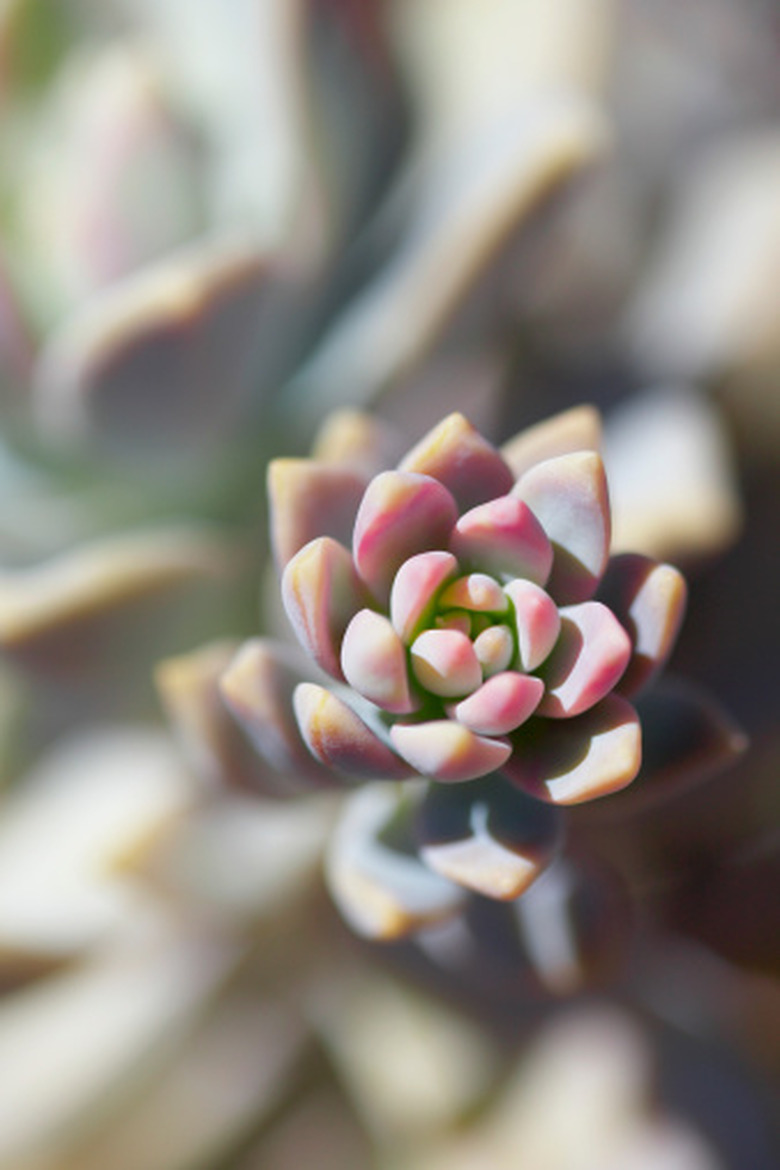How To Fix A Wilting Echeveria Plant
Things Needed
- Well-draining soil
- Watering can
- Low-nitrogen fertilizer
Echeveria plants are members of the Crassulaceae family and can be found growing throughout Texas. There are 18 varieties of echeveria plants, and countless hybrids. Just like any plant, echeveria needs proper conditions and care to thrive. If your echeveria plant is wilting, check the growing conditions and environment around your plant, such as the soil, light and water.
Step 1
Check the soil. Echeveria plants require well-draining, loose soil, whether you are growing echeveria outdoors or in a pot indoors. If you find that the soil is tightly compressed or compacted, use a garden hoe or rake to incorporate new, aerated soil into the bed. If your container is filled with poorly draining soil, move the echeveria to a new container that holds well-draining soil. Replant during a dormant period, such as in the late fall.
Step 2
Adjust the amount of sunlight you give the echeveria plant. Though some hybrids can adjust to low light conditions, most echeveria plants require at least partial sunlight. Both too much and too little light can cause echeveria leaves to wilt and drop. If you live in a very warm location, such as in the southern United States, keep the plant in an area that receives partial sunlight. Avoid placing the plant in an area that receives full afternoon sun. In cooler climates, such as in the northern United States, you may need to give your echeveria more exposure to light. Choose a location that gets full morning and afternoon sun.
Step 3
Water the plant moderately, even in the summer. Whenever the soil dries out, you can water your echeveria. In the wintertime, when the outdoor temperatures dip below 60 degrees Fahrenheit, water only once every two weeks, or when the soil is dry 4 inches down. This is for both outdoor plants and indoor container plants.
Step 4
Fertilize the echeveria plant once in the spring with a low-nitrogen succulent fertilizer. If all other conditions are met, the wilting may be a symptom of a nutrient imbalance. Fertilizing once in the spring will help stimulate growth, in addition to providing nutrients for healthy leaves. Do not fertilize more than once. Overfertilizing could also lead to wilting leaves.
